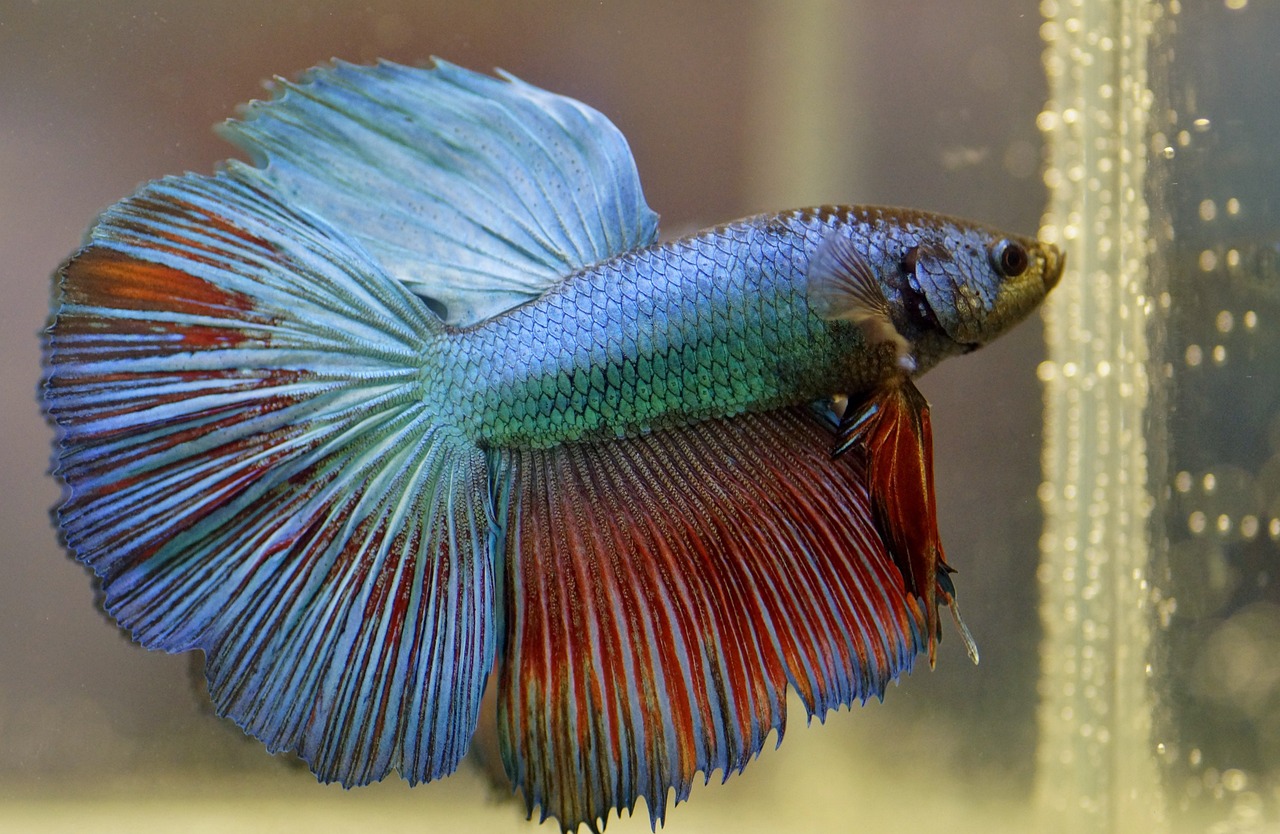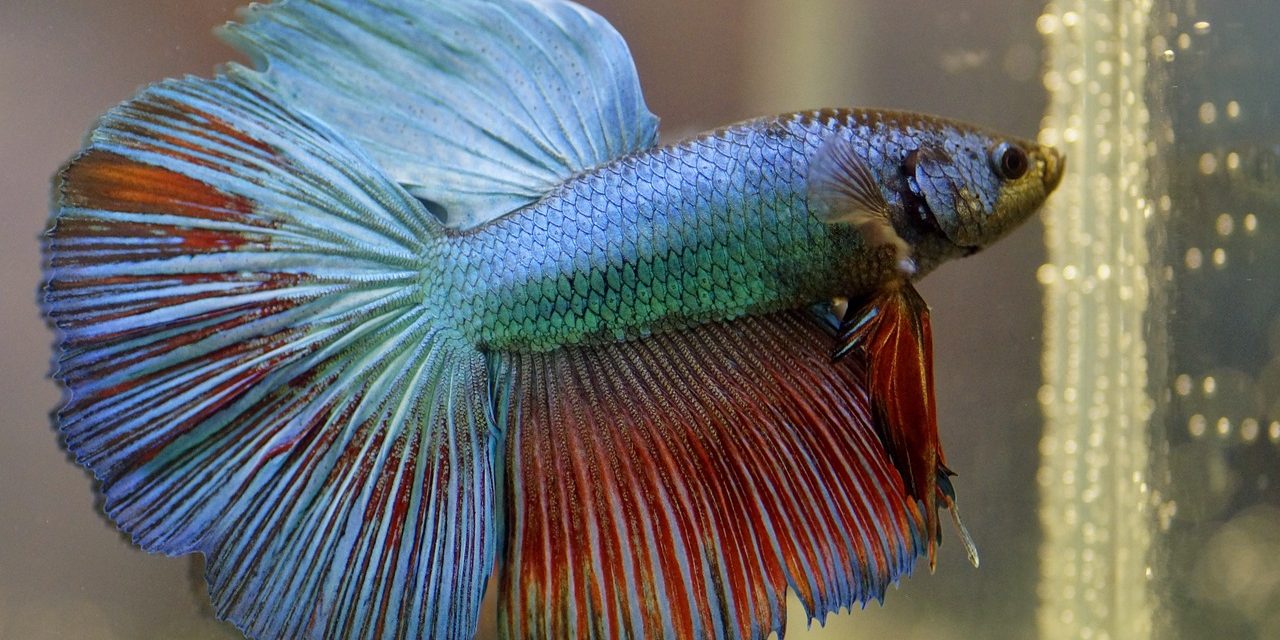Betta Fish Skin Peeling – What Could Be The Problem?
Betta fish, known for their vivid colors and flowing fins, are prone to various health issues, some of which can manifest through symptoms affecting their skin.
If a betta fish’s skin appears to be “peeling” or sloughing off, this could be indicative of a few potential health problems, but it’s important to note that actual peeling skin is not a common symptom and might be misinterpreted observations of other conditions.
The following are some conditions that might be confused with or related to what appears as “peeling” skin in betta fish:

1. Fungal Infections
Fungal infections are among the common ailments that can affect betta fish, presenting as cottony growths or patches on the fish’s body, fins, or mouth. While not exactly “peeling,” the appearance of these growths might be mistaken for skin sloughing off. Fungal infections typically arise from poor water conditions, such as incorrect pH levels, high ammonia, or nitrite levels, and can be treated with antifungal medications after improving the tank’s conditions.
2. Bacterial Infections
Bacterial infections can cause symptoms that might resemble peeling skin, such as ulcers, sores, or fin rot. Fin rot, in particular, results in the deterioration of the fins, which might be perceived as the fish’s skin peeling away. Bacterial infections are often secondary to stress or injury and require prompt treatment with antibiotics, alongside improvements in water quality and tank maintenance.
3. Parasitic Infections
Parasites like Ichthyophthirius multifiliis (Ich) or Velvet (Oodinium spp.) can cause symptoms that might be confused with peeling skin. Ich presents as small, white, salt-like spots covering the fish’s body and fins, while Velvet gives the fish a dusty, gold-brown coating. Both conditions affect the fish’s skin and can lead to irritation and damage. Treatment involves specific medications designed to eliminate the parasites, along with maintaining optimal water conditions.
4. Environmental Stress
Poor water quality or sudden changes in water parameters (temperature, pH, hardness) can lead to stress that affects a betta’s skin and overall health. While not directly causing the skin to peel, stressed fish are more susceptible to diseases that could lead to symptoms mistaken for peeling skin. Regular water changes and monitoring of water conditions are crucial for preventing such issues.
Treatment and Prevention
The key to treating skin-related issues in betta fish involves accurately diagnosing the problem, which may require consultation with a veterinarian specialized in aquatic animals. General steps for treatment and prevention include:
- Improve Water Quality: Regular water changes, proper filtration, and monitoring water parameters are essential.
- Quarantine Affected Fish: To prevent the spread of disease, quarantine sick fish during treatment.
- Medication: Use the appropriate medication based on the specific diagnosis, following the instructions carefully.
- Reduce Stress: Ensure a suitable environment with adequate space, hiding places, and a balanced diet.
Early detection and treatment of diseases resulting in betta fish skin peeling are critical for the health and well-being of betta fish. If you suspect your betta fish is suffering from a disease, taking immediate action by improving water quality and consulting with a professional for accurate diagnosis and treatment is crucial.

